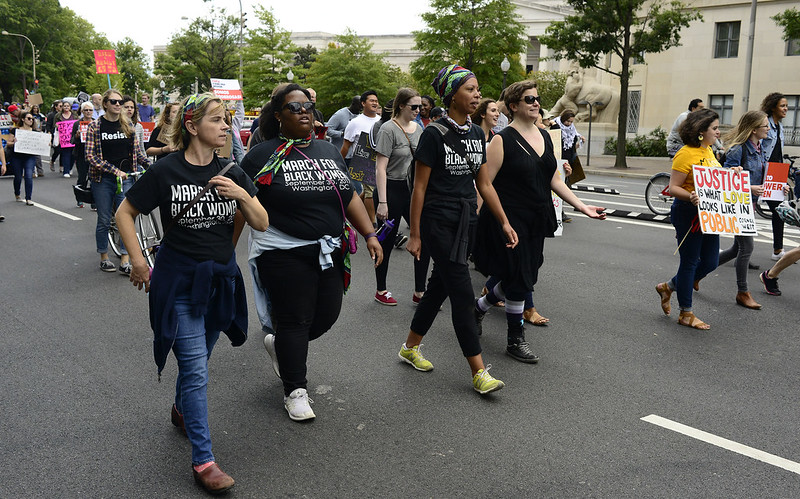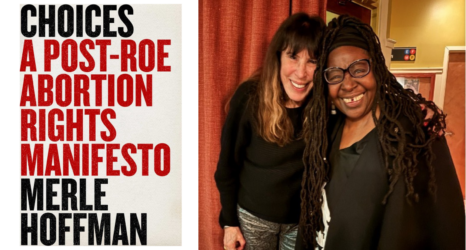As the past few months have shown, social movements and mass mobilization across race, gender and class can have very real political impacts.
And the impacts of these social movements can be even more effective when led by women—according to Erica Chenoweth, a professor of political science at Harvard who studies civil resistance.

But why?
Well, for one, women employ more effective leadership and resistance techniques. Chenoweth’s research highlights the historical tendency of women to lead nonviolent movements, and credits the success of women-led movements to that tendency.
Chenoweth also raises the point that social movements which center women’s voices and leadership attract more women supporters—which means that on a fundamental level, they have a broader base of support and more people on the ground. In other words, the demographics of a movement’s leadership will define its priorities—so women are more likely to gravitate towards a movement that represents them.
In Chenoweth’s words:
“Women—thanks to their roles in society—also have a keen sense of the best tools to use to bring about social change.”
This is a principle you’ll find undergirding many social movements led by women—women of color in particular.
According to writer Aurora Levins Morales, it is the idea that “we are led by those who most know these systems”: When we look at civil rights organizing in the past century, Black women organizers have been central in movements against race-based and gender-based oppression.
However, these same contributions often go overlooked—precisely due to the positions that make their work so effective. And this is a historical trend, Professor Marcia Chatelain points out:
“Across history, any time a movement has had black women at its helm or in its leadership—from Ida B. Wells and the Niagara movement to Ella Baker in the civil rights movement—there have been sexist and racist attempts to undermine them. The most damaging impact of the sanitized and oversimplified version of the civil rights story is that it has convinced many people that single, charismatic male leaders are a prerequisite for social movements. This is simply untrue.”
The struggles and activism of Black women are often overlooked because of the systemic devaluation of their work, which comes as the result of intertwined racism and misogyny—sometimes termed “misogynoir.”
What’s more, women activists—and Black women in particular—face dangers in their lives that men simply don’t. Since violence against women often takes place in private spaces, it can go unnoticed until it’s too late. This fact was tragically reinforced by the recent murder of 19-year-old activist Oluwatoyin Salau, who was found dead in Tallahassee after having gone missing in the wake of several posts on Twitter in which she discussed her sexual assault.
Women are demonstrably good at movement leading and organizing. And it’s high time that misogyny and racism within social movements be actively addressed. Male leaders need to learn how to respect women’s voices and how to make space for them.
The struggles women face within activist movements are intertwined with the reasons why they make good movement leaders—and this makes women’s voices integral to collective liberation.
Listening to and elevating women’s voices (especially those of women of color and queer women) is the only clear path forward, if we want to destroy systems of oppression and create lasting systemic change.





